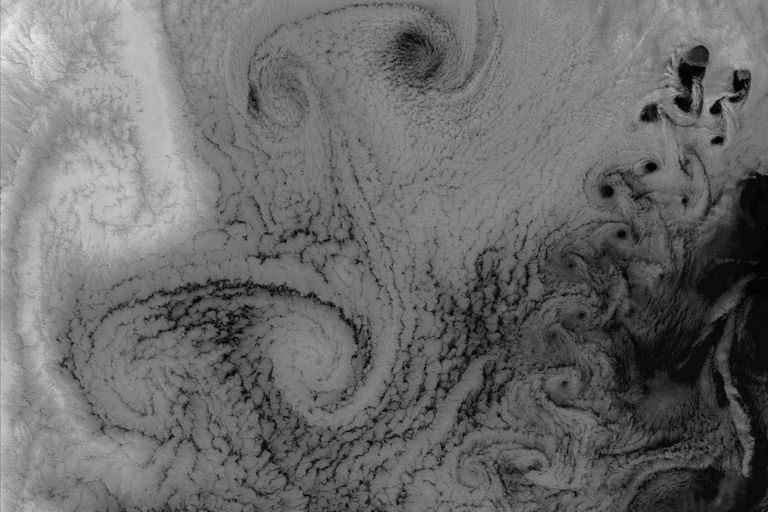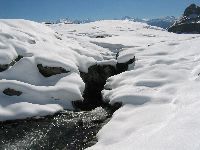Changing flow regimes, increasing risks for high and low waters
In the near term (until 2035), annual Swiss available water resources will change very little, apart from temporary increases in the stream flows in heavily glaciated regions. In the long term (by 2085) the available water resources will fall slightly, particularly in the Lake Maggiore basin (Rivers Ticino and Toce, minus 10%). However, the seasonal distribution of stream flows (flow regime) will shift almost everywhere in Switzerland. This is to be explained by temperature-related reservoir changes (snow, ice) and by the predicted redistribution of precipitation over the course of the year: More precipitation in liquid form in the winter, much lower precipitation and reduced melt water volumes in summer. By the end of the century glacial and nival based catchments will only be found in isolated areas. The small catchments will increasingly be dominated by midland and meridional regimes. The Swiss Plateau will see the development of a new type of regime called pluvial de transition which will be characterised by a distinct minimum flow in August and two seasonal flow peaks in January and March. In many regions the stream flow is expected to be much higher in winter but lower in summer – except in the regions where glaciation remains. In most of the Swiss Plateau, therefore, the period of potential flooding will move from early summer to the winter season and will sometimes last longer. The frequency of flood events which are average (in the alpine foothills and the Alps) or high (in the Swiss Plateau and Jura) is also likely to increase in many regions. The major rivers, which are fed from numerous smaller catchments, will change accordingly. On the Rhine for example, a second seasonal maximum will develop over time in the winter in addition to the one in early summer. By the end of the century every second summer will be at least as warm as the summer of 2003 and summer precipitation will decrease very strongly (by 20 %). Droughts are likely to occur more often and last longer. In the watercourses of the alpine foothills and the Alps, low water events will move from winter to late summer and will be less pronounced. In the Swiss Plateau regions the flow during low water events will decrease considerably and these periods will be longer. For instance, the low stream flows of the Aare in late summer will gradually fall to levels lower than those currently found in winter.


